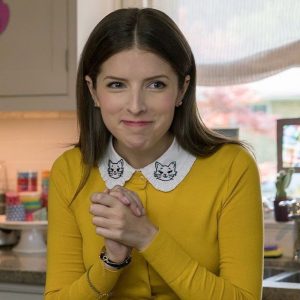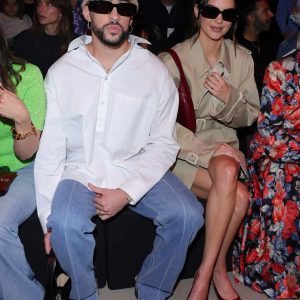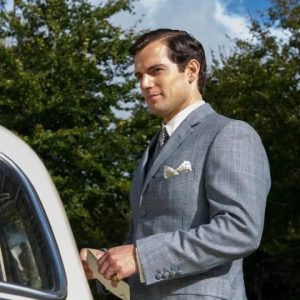From “Die Hard” to “Red”: Bruce Willis’s Evolution as an Ensemble Cast Leader
By koalafriend
If you grew up binge-watching iconic action flicks, then Bruce Willis’s name instantly rings a bell. The guy who redefined the solo action hero in the late ’80s with "Die Hard" has come a long way since then. Today, Bruce isn’t just a one-man wrecking crew—he’s become a masterful leader in ensemble casts, proving that teamwork truly makes the dream work. Let’s take a deep dive into Bruce Willis’s incredible evolution from lone wolf John McClane to ensemble powerhouse in movies like "Red."
The Birth of an Action Legend: Bruce Willis in Die Hard (1988)
When Die Hard hit theaters in 1988, Bruce Willis wasn’t your typical muscle-bound hero. Instead, he brought a mix of wit, grit, and vulnerability to John McClane, a New York cop trapped in a Los Angeles skyscraper taken over by terrorists. This film didn’t just launch a franchise; it positioned Willis as a solo superstar capable of blending toughness with relatability.
The standout here? Willis carried nearly the entire movie on his shoulders. The plot hinged on his character navigating life-or-death situations alone, often improvising on the fly. This one-man show format was exactly what audiences craved: an action hero who could crack jokes while bending steel and saving the day. Bruce’s portrayal set the benchmark for solo heroism in the late 20th century.
The Shift: Embracing Ensemble Films
As the years rolled on, Bruce Willis began to diversify his roles, and it became clear that the actor wasn’t content with being just a lone wolf. He stepped into projects with larger, more dynamic casts, showing audiences a new side of his talents. This progression culminated in a major way with the 2010 hit Red.
Red (2010): Bruce Willis as the Ultimate Ensemble Leader
Red, based on the graphic novel of the same name, sees Bruce Willis team up with co-stars Helen Mirren, Morgan Freeman, John Malkovich, and Mary-Louise Parker, turning the narrative from a one-man show into a true ensemble experience. Willis’s character, Frank Moses, is a retired CIA agent who reconnects with his old crew to tackle new threats.
Here, Bruce’s presence isn’t about dominating every scene but rather shining alongside powerhouse actors, sharing screen time, and playing off the unique strengths his fellow cast members bring. This wasn’t just a shift in story style but a bold choice that demanded collaboration and chemistry. Willis proved he could be a leader without overshadowing the team—something even the biggest stars can struggle to master.
The critical and audience response was overwhelmingly positive, with many praising how Bruce seamlessly adapted his classic action-hero charm into the ensemble setting. Red demonstrated that Bruce Willis’s brand of cool was perfectly suited for interactive dynamics rather than solo stunts.
Why This Evolution Matters for Bruce Willis
Bruce Willis’s journey from Die Hard to Red tracks more than just the aging of an actor—it reflects a savvy understanding of Hollywood’s changing landscape. Modern blockbusters are increasingly ensemble-driven, with franchises like the Marvel Cinematic Universe and The Expendables proving the global market craves collaborative hero stories over individual grit alone.
Willis’s willingness to evolve shows flexibility and a dedication to his craft. Instead of repeating himself in action roles that are carbon copies of John McClane, Bruce embraced layered narratives where the power of camaraderie and shared screen presence take center stage. This shift has not only prolonged his relevance but allowed him to create fresh and more engaging roles that resonate with today’s audiences.
Highlighting Other Ensemble Gems
Beyond Red, Willis has starred in several ensemble-driven movies that highlight his collaboration skills. Films like Ocean’s Twelve and The Expendables further cemented his place as a reliable team player, riffing off fellow stars while still bringing his signature charisma.
These movies gave fans a chance to see Bruce in new light: the seasoned pro who knows when to lead, when to support, and how to keep the chemistry tight. It’s a far cry from the lone ranger days but just as exciting in a different way.
What Fans Can Look Forward To
Bruce Willis’s ongoing commitment to ensemble casts hints at exciting potential for future projects. Whether it’s action, drama, or even comedy, fans can expect more nuanced performances that lean into collaboration, not just solo heroics.
As Hollywood continues to embrace star-studded casts, Willis’s adaptability makes him an evergreen talent—someone who knows that the best stories aren’t just about the hero but about the team that surrounds him.
Final Thoughts: Bruce Willis’s Legacy Reinvented
From the explosive fight scenes of Die Hard to the witty, multi-character dynamics of Red, Bruce Willis has proven that evolution is key to longevity in Tinseltown. He transformed from a classic, one-man-army action hero to an ensemble cast maestro, leading with charm, humility, and undeniable star power.
So, whether you’re a die-hard fan of the original McClane or a lover of the collective dynamism in Red, Bruce Willis’s career offers plenty to celebrate. Here’s to the many years of thrilling stories and team-driven adventures to come.
Stay tuned for more in-depth celebrity breakdowns and Hollywood insights right here.
Keywords: Bruce Willis evolution, Die Hard, Red movie, ensemble cast leader, Bruce Willis action movies, Bruce Willis career, Hollywood ensemble films, action hero transition, movie cast dynamics, Bruce Willis films 2024



